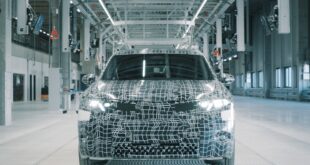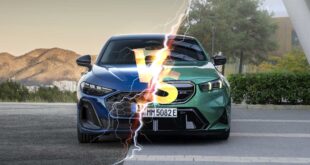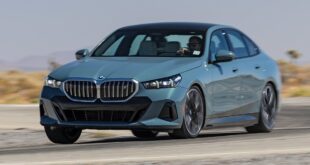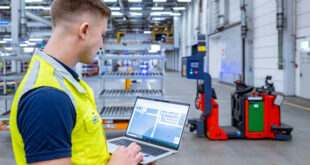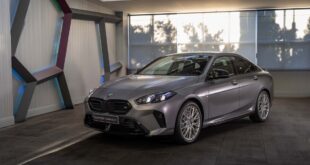Special connection: BMW i3 and the Samsung Galaxy Gear.Â
The rapid spread of smartphones means that the internet, apps and digital services have long since become established elements of daily life. And smartwatches like the new Samsung Galaxy Gear are driving this trend ever onwards. These devices are worn like wristwatches and display information from a linked smartphone directly onto the user’s wrist. In Las Vegas BMW became the world’s first carmaker to present vehicle functions on the electronic wristwatch as part of a research application. The Samsung Galaxy Gear with BMW i Remote App functions has similar attributes to the BMW i Remote App, which keeps drivers connected with their BMW i3 at all times and also works efficiently to provide them with the assistance they need outside the car. The Samsung Galaxy Gear with BMW i Remote App functions offers information on the battery charge and available range of the first all-electric premium model in the compact class, as well as any departure times that have been inputted. The research application also shows whether the windows, doors and sunroof are closed and allows users to send a navigation destination to the vehicle or adjust the on-board climate in preparation for a journey – with the option of spoken commands via S Voice, Samsung’s speech recognition assistant.
Camera-based assistance systems bring enhanced safety into new vehicle classes.
Advances in camera and video technology have allowed visual detection to serve as a basis for modern assistance systems for some time now. For example, series-produced cars are already available with a camera (mounted in the centre of the windscreen in the base of the rear-view mirror) which delivers data for the Lane Departure Warning and traffic sign recognition systems. The Collision Warning system and Pedestrian Warning with city braking function, Traffic Jam Assistant and camera-based Active Cruise Control with Stop & Go function work exclusively on the basis of visual detection. They dispense with additional and costly radar technology, but offer similar functions. These safety systems can therefore also be extended to vehicle classes where demand for sophisticated systems has traditionally been low.
Modern camera-based systems have advantages over purely radar-based applications when it comes to recognition of stationary obstacles. A wide camera angle, moreover, enables reliable detection of objects pulling in or out at the edge of the driver’s field of vision. At the same time, however, camera-based systems do require certain light conditions. These systems are already enhancing safety in the innovative BMW i3, for example.
 BMW.SG | BMW Singapore Owners Community The Ultimate BMW Community – Established Since 2001
BMW.SG | BMW Singapore Owners Community The Ultimate BMW Community – Established Since 2001

